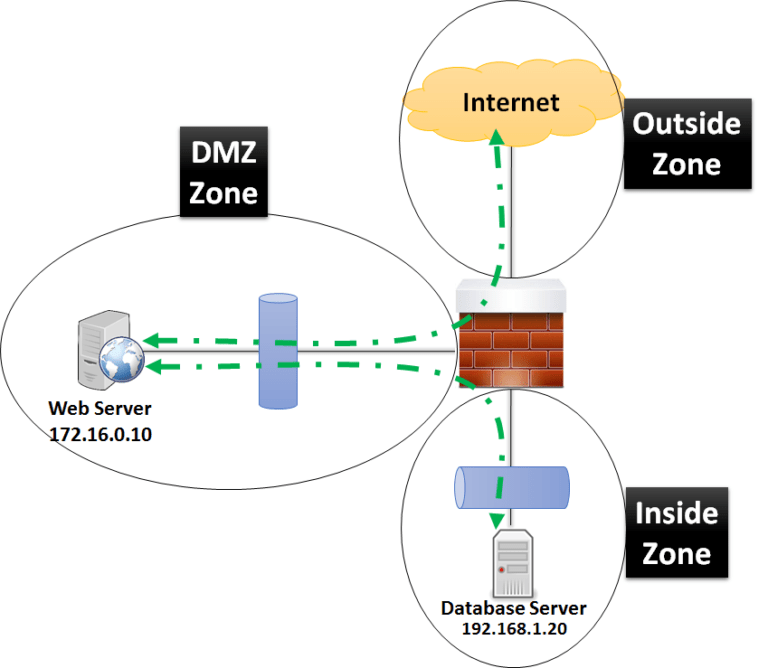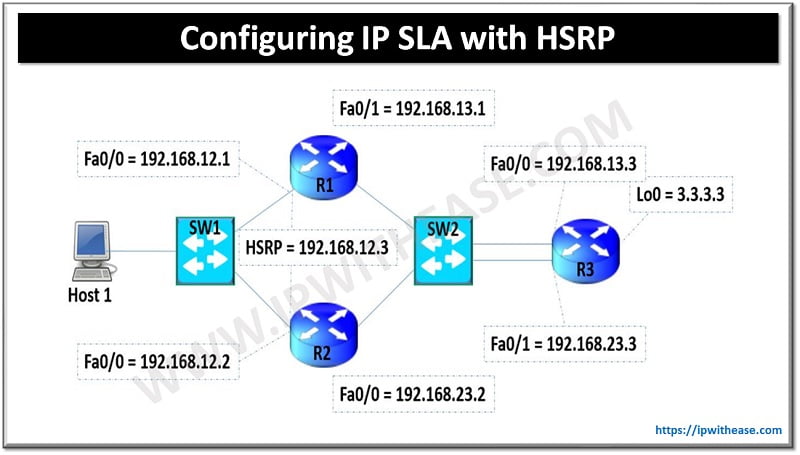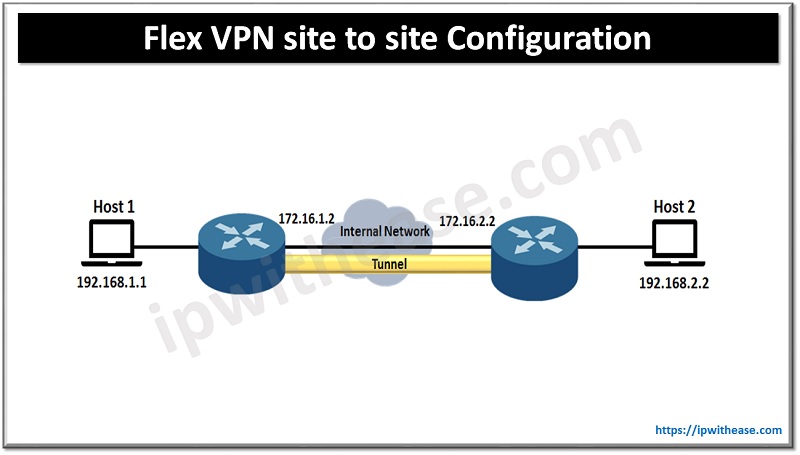Table of Contents
Introduction to eBGP and iBGP
BGP is the Exterior Gateway Protocol used over Internet. In fact BGP is such a wonderful and flexible routing protocol that Service Provider private networks widely use BGP protocol to exchange networks. BGP can accommodate more than 600,000 IPv4 routes and can scale further. BGP does not advertise incremental updates or refresh network advertisements like IGPs.
BGP has been designed to function differently within own and between different AS. To support this behavior, BGP Neighborship can be formed in two types
- iBGP (Internal Gateway Protocol) and
- eBGP (External Gateway Protocol).
iBGP Neighbors
iBGP Neighbors are those who form neighborship within Same Autonomous System Number. Like in below example, R1 and R2 are 2 routers forming iBGP neighborship within same AS.
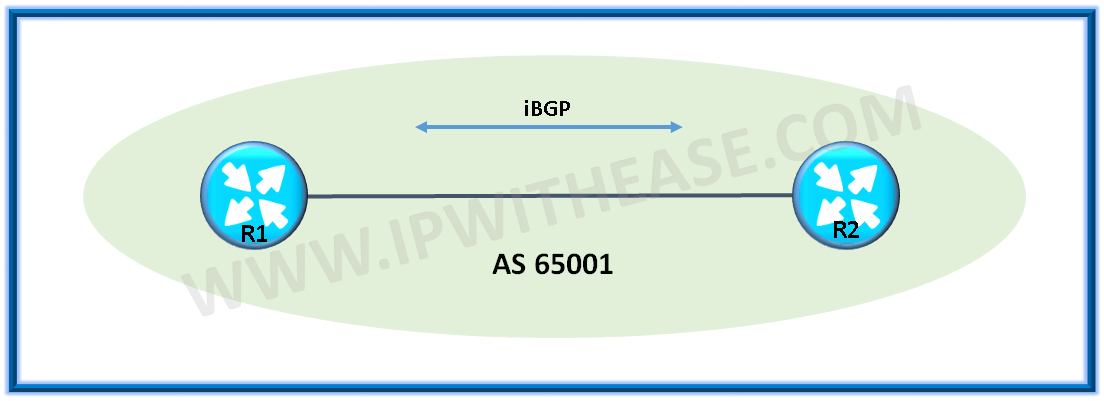
eBGP Neighbors
eBGP Neighbors are those who form neighborship between different Autonomous System Number. Like in below example, R1 and R2 are 2 routers forming eBGP neighborship within different AS.
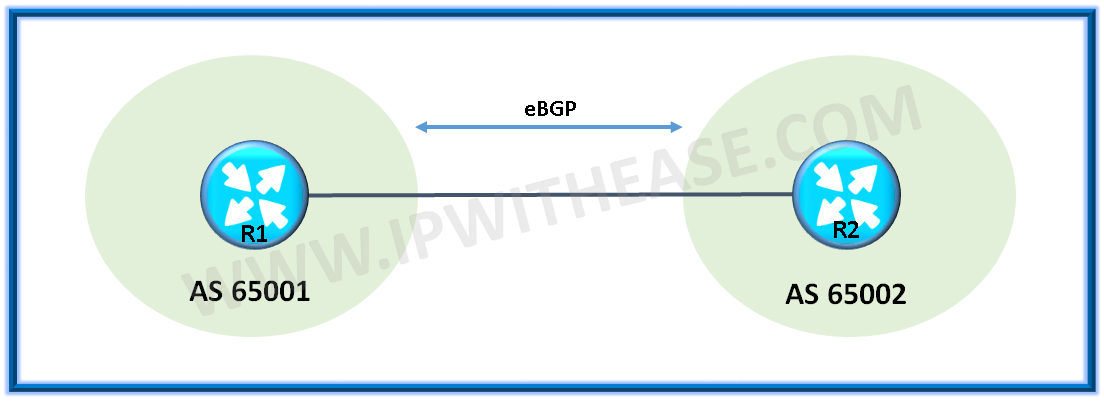
Sample Configuration: iBGP Neighborship
Below is example scenario of iBGP configuration between R1 and R2:
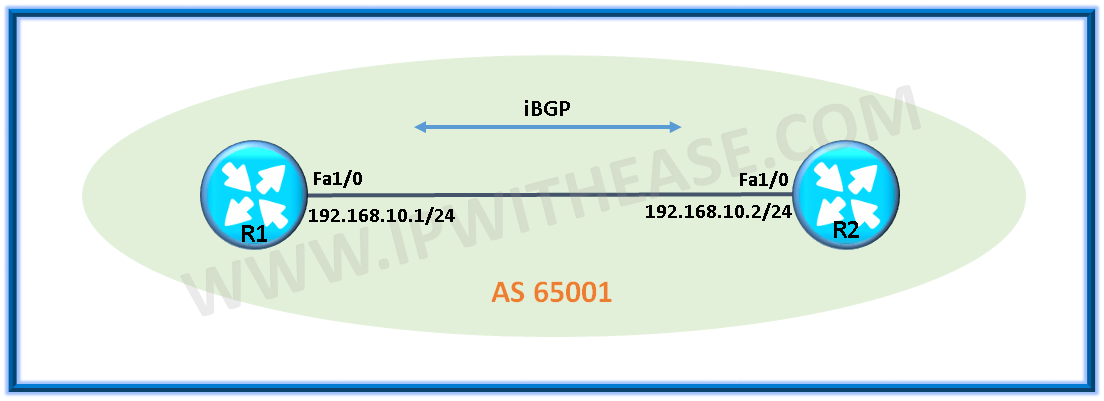
R1
R1(config)#Router BGP 65001
R1(config-router)#Neighbor 192.168.10.2 remote-as 65001
R1(config-router)#exitR2
R1(config)#Router BGP 65001
R1(config-router)#Neighbor 192.168.10.1 remote-as 65001
R1(config-router)#exitHelpful iBGP Verification Commands
To check neighbor status
Rx#show ip bgp summary
Rx#show ip bgp neighbor <Neighbor-IP>To verify TCP socket detail
Rx#show tcp briefTo verify BGP running process
Rx#show process cpu | include BGPSample Configuration: eBGP Neighborship
Below is example scenario of eBGP configuration between R1 and R2:
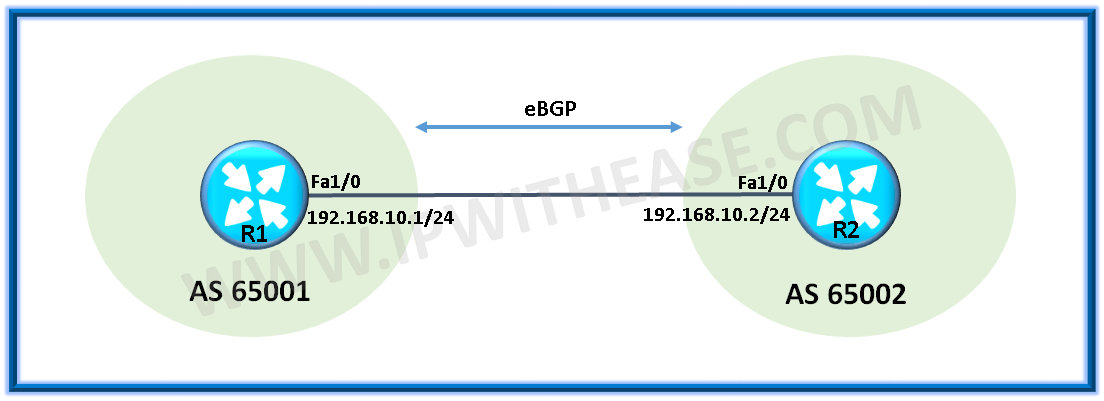
R1
R1(config)#Router BGP 65001
R1(config-router)#Neighbor 192.168.10.2 remote-as 65002
R1(config-router)#exitR2
R1(config)#Router BGP 65002
R1(config-router)#Neighbor 192.168.10.1 remote-as 65001
R1(config-router)#exitHelpful eBGP Verification Commands
To check neighbor status
Rx#show ip bgp summaryTo verify Neighbor Detail information
Rx#show ip bgp neighbor <Neighbor-IP>To verify TCP socket detail
Rx#show tcp briefTo verify BGP running process
Rx#show process cpu | include BGPContinue Reading
eBGP vs iBGP: Know the difference between eBGP and iBGP
Troubleshooting directly connected eBGP neighbors
Related FAQs
What is the difference between IGP and iBGP?
IBGP is a type of BGP, which is a routing protocol, and it is typically used when the two routers are members of the same Autonomous System (AS). Interior Gateway Protocol (IGP) is an umbrella term for a variety of routing protocols, such as EIGRP, OSPF, IS-IS, or RIP.IBGP is a type of BGP, which is a routing protocol, and it is typically used when the two routers are members of the same Autonomous System (AS). Interior Gateway Protocol (IGP) is an umbrella term for a variety of routing protocols, such as EIGRP, OSPF, IS-IS, or RIP.
What is iBGP used for?
Internal Border Gateway Protocol (IBGP) is used to facilitate communication between routers inside the same autonomous system. It ensures that all routers in the system have the same information about routes and enables them to create a full mesh topology, or to use a combination of route reflectors and confederation for learning about prefixes.
What is eBGP used for?
Extended Border Gateway Protocol (EBGP) is an extension of the Border Gateway Protocol (BGP) which is used to facilitate communication between separate autonomous systems (AS). EBGP can be used to construct connections between autonomous systems which have been built with BGP, and it acts as the main protocol in establishing global Internet or AS connectivity.
ABOUT THE AUTHOR

You can learn more about her on her linkedin profile – Rashmi Bhardwaj

